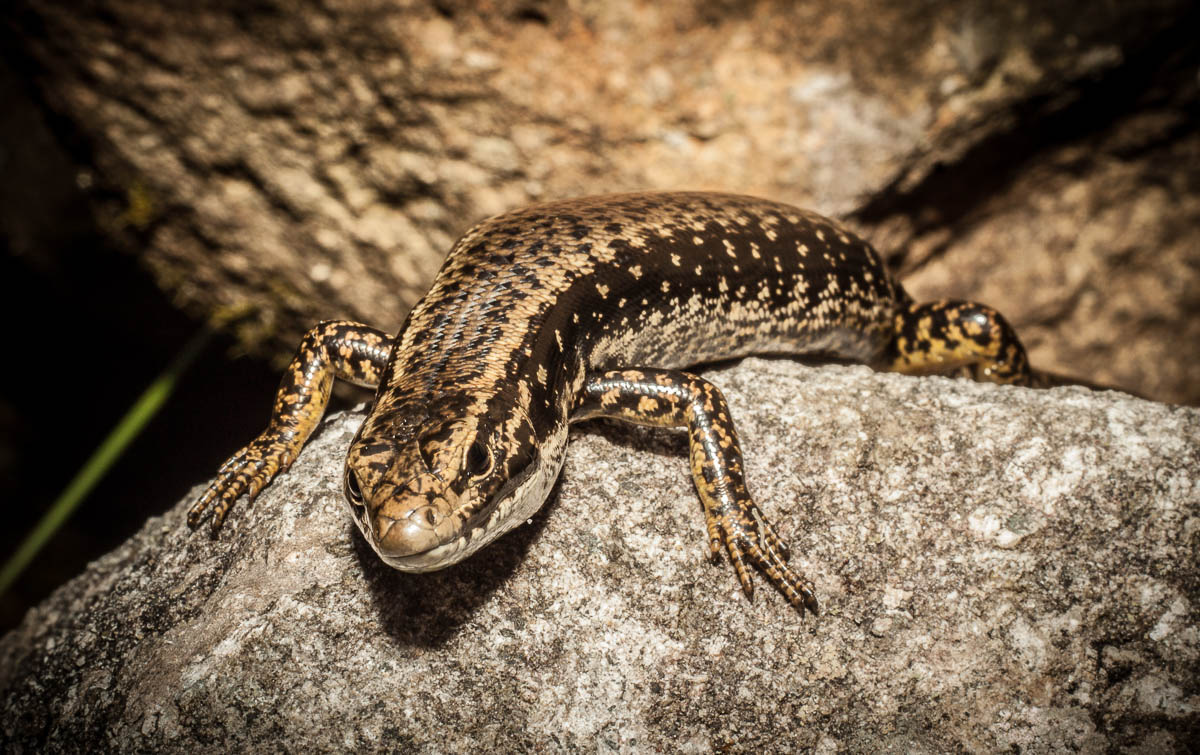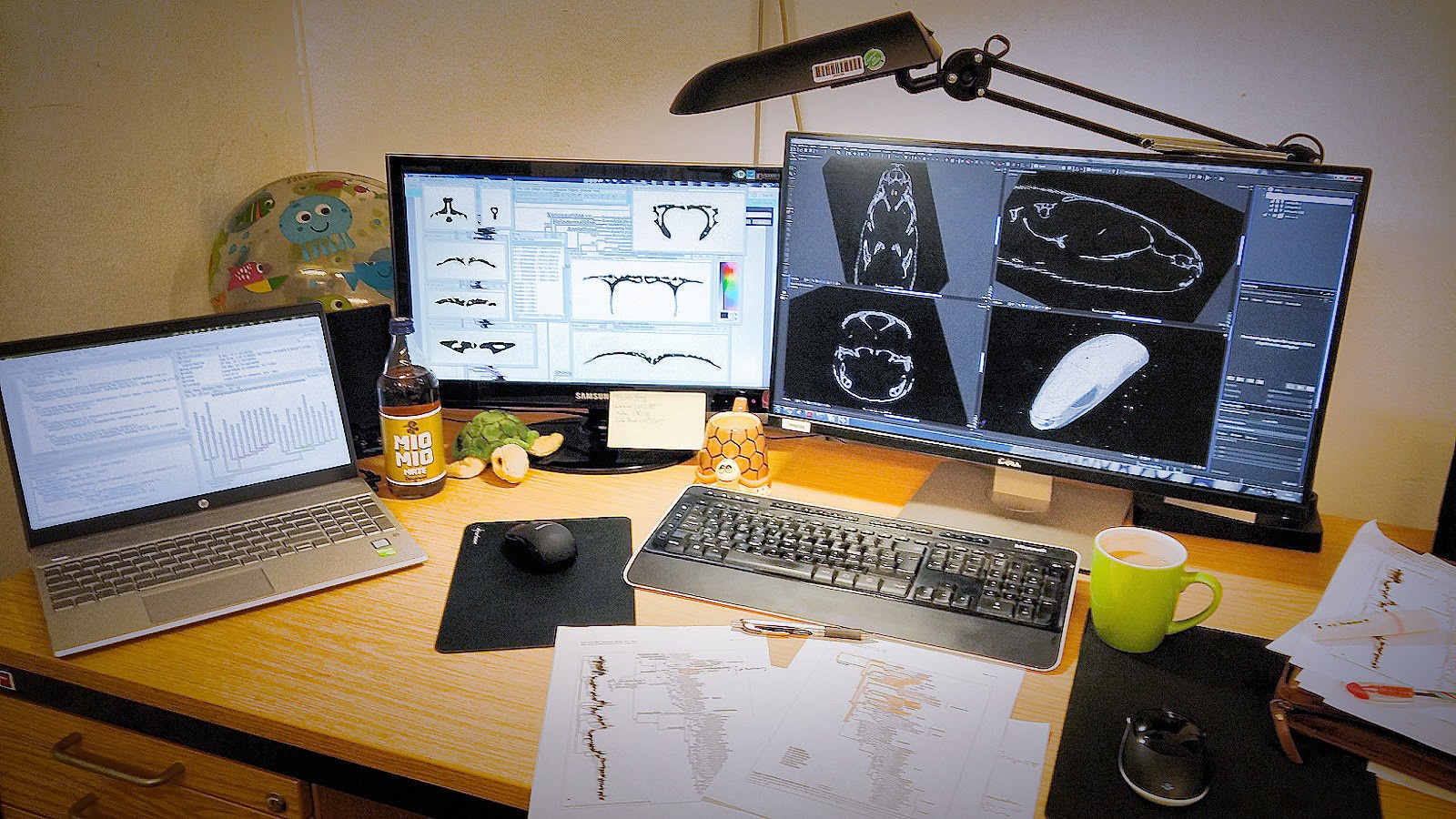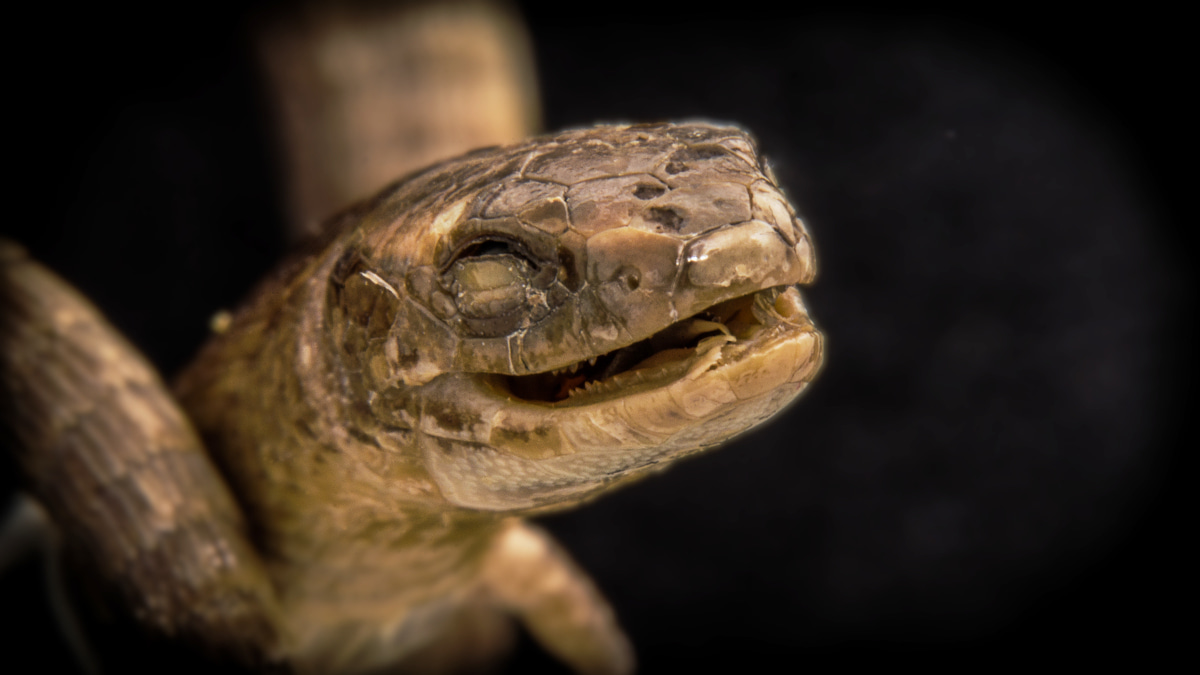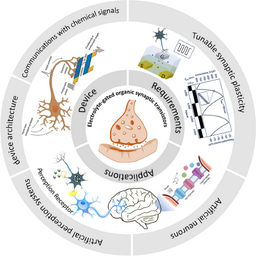Who's a Bonehead? Novel Insights into Evolutionary History from Reptilian Skull Roof Structure
Published in Ecology & Evolution

Why are terrestrial vertebrates so highly diverse? In times of anthropogenic change and mass extinctions, this key question to evolutionary research is more relevant than ever. We often attribute this phenomenon to modifications in accordance with different environments and lifestyles. However, it is not always easy to reconstruct from the fossil record how historic key events determined the destinies of entire lineages millions of years ago. Therefore, 160 years after Darwin's theory of evolution, our understanding of certain evolutionary mechanisms remains incomplete.
In order to better understand the complex interrelations between vertebrate lifestyle, form, and evolution, we looked into the skull roof structure of squamate reptiles – i.e., lizards and snakes. We wanted to understand to what extent their bone structure reflects certain lifestyles. Although many of these reptiles use their skulls as a digging tool, this question has never been systematically investigated. In our paper First Evidence of Convergent Lifestyle Signal in Reptiles Skull Roof Microanatomy, we therefore employed computer simulations to reconstruct the evolution of a specialised burrowing lifestyle over a period of 240 million years. Remarkably, we found that burrowing evolved independently in 54 squamate lineages. These reptiles are therefore particularly well suited as a model system for the study of convergent evolution.

Scincoid lizards, such as this representative from the Australian east coast, are among the most diverse squamates – both ecologically and taxonomically. Nonetheless, we were surprised to identify 20 independent acquisitions of a specialized burrowing lifestyle in this clade alone. Photo by Roy Ebel.
In the second phase of our study, we compared the skull roof structure of lizards and snakes in accordance with their lifestyles. To this end, we made use of high-resolution computed tomography (micro-CT) for the 3D visualisation of bone tissue and employed a new, effective protocol for data analysis. Doing this, we achieved a large sample size, allowing us to draw conclusions about the entire squamate reptilian clade with over 11,000 species. We found that burrowing lizards and snakes have repeatedly evolved a particularly dense and compact skull roof in independent evolutionary processes. We further identified typical proportions of both the skull and between the skull roof bones as convergently evolved modifications associated with this lifestyle.

This desk at the CT-Vis-Lab of the Museum für Naturkunde Berlin says quite a bit about our working routine. From right to left: VG Studio MAX for processing 3D-volumes acquired with µCT, ImageJ for processing extracted slices, and R-Studio for the analysis of convergence and lifestyle signal. As a coincidence, the stages of data reduction correlate with decreasing screen size. ...and who would have thought that this is how a biologist's workspace may look like? Photo by Roy Ebel.
In our study, we present a novel case of convergent evolution: in different lineages, very similar structures have independently evolved in response to a common lifestyle. Such similarities reflect a certain function, in this case burrowing, and may therefore provide little information on the phylogenetics relations between the considered taxa. Nonetheless – or precisely therefore, the knowledge of these processes is of outstanding importance: by means of skull roof structure, we can now reconstruct the lifestyle of reptiles that became extinct millions of years ago. Our findings thus cast completely new light on the evolutionary history of certain lineages. This may particularly apply to snakes, for which both an aquatic and burrowing origin have been controversially discussed for decades. Our work now adds to a growing body of evidence for the latter. Having said this, our findings may also have important implications beyond squamate reptiles. A burrowing lifestyle has likely played a key role in the evolutionary history of turtles and certain amphibians. Recent studies even suggest that the mammalian stem lineage may not have survived the largest mass extinction in earth's history at the end of the Permian about 250 million years ago without adopting a burrowing lifestyle. It is therefore invaluable to understand such historical lifestyle transitions.

This little critter is a rare burrowing gymnophthalmid lizard from Brazil, which quickly became a lab favourite for its happy smile. We were able to include the specimen in our dataset due to a loan from the American Museum of Natural History (AMNH R64876). In total, our dataset comprises specimens from 13 herpetological collections worldwide. Photo by Roy Ebel.
Should our work have sparked your interest in the fascinating field of squamate skull morphology and its implications for their ecology and evolution, you may be pleased to hear that we uploaded the µCT-scans employed in our study into the Data Repository of the Museum für Naturkunde Berlin. They will thus be available for future research projects worldwide.
Follow the Topic
-
BMC Biology

This is an open access journal publishing outstanding research in all areas of biology, with a publication policy that combines selection for broad interest and importance with a commitment to serving authors well.
Related Collections
With Collections, you can get published faster and increase your visibility.
Aging microenvironment and disease
BMC Biology is calling for submissions to our Collection on Aging microenvironment and disease. This Collection aims to help our understanding about the molecular mechanisms and cellular processes that affect the tissue microenvironment during aging and aging-related diseases, as well as the implications in the development of novel therapeutic interventions to restore the aging microenvironment.
We welcome studies using spatiotemporal multi-omics and advanced imaging approaches to explore the aging microenvironment, using animal models, human tissue, or organoids. We especially highlight submissions focused on the contribution of aging-related changes to diseases, including cancer, chronic inflammation, lung, hepatic and cardiac fibrosis, vascular disease, neurodegenerative disorders, and chronic kidney disease.
Potential topics for submission may include, but are not limited to:
Genome instability, epigenetic alterations, telomere attrition, disabled autophagy and loss of proteostasis, mitochondrial dysfunction in the aging microenvironment.
Cellular senescence and associated secretory phenotype, stem cell exhaustion, and changes in the stem cell niche, such as alterations in the extracellular matrix, chronic inflammation, fibrosis, vascular niche reprogramming and remodeling.
Intercellular communications and inter-organ cross-talk.
Metabolic alterations in different cell types and their influence on the aging microenvironment and age-related diseases.
Potential therapeutic targets of the aging microenvironment.
This Collection supports and amplifies research related to SDG 3: Good Health and Well-Being.
All manuscripts submitted to this journal, including those submitted to collections and special issues, are assessed in line with our editorial policies and the journal’s peer review process. Reviewers and editors are required to declare competing interests and can be excluded from the peer review process if a competing interest exists.
Publishing Model: Open Access
Deadline: Jan 18, 2026
Human microbiome in health and disease
BMC Biology is calling for submissions on our Collection on Human microbiome in health and disease. The human microbiome plays a crucial role in maintaining health. Comprising trillions of microorganisms, including bacteria, viruses, fungi, and archaea, the microbiome influences various physiological processes, such as metabolism, immune function, and even mental health through pathways like the gut-brain axis. Recent advances in sequencing technologies and bioinformatics have enabled researchers to explore the intricate relationships between the microbiome and human health, revealing its potential as a target for therapeutic interventions.
Continuing to advance our understanding of the human microbiome is essential for developing novel strategies to prevent and treat diseases. Significant progress has been made in identifying specific microbial signatures associated with conditions such as obesity, diabetes, and cancer, as well as understanding the impact of antibiotics on microbial diversity. These insights have opened new avenues for personalized medicine, where microbiome profiling could guide treatment decisions and improve patient outcomes.
As research in this field progresses, we can anticipate exciting developments, including the potential for microbiome-based therapies, such as probiotics and fecal microbiota transplantation, to become mainstream treatments. Furthermore, ongoing studies may uncover the role of the microbiome in modulating responses to immunotherapy in cancer patients, leading to more effective and tailored treatment approaches.
Potential topics for submission include, but are not limited to:
The role of the gut, oral, skin, and vaginal microbiome in health and disease
Microbial ecosystems and their impact on the immune system
The gut-brain axis: implications for mental health
The connection between the microbiome and neurodegenerative diseases
Evolution of the human microbiome across different populations
Effects of antibiotics on microbiome diversity
This Collection supports and amplifies research related to SDG 3: Good Health and Well-Being.
All manuscripts submitted to this journal, including those submitted to collections and special issues, are assessed in line with our editorial policies and the journal’s peer review process. Reviewers and editors are required to declare competing interests and can be excluded from the peer review process if a competing interest exists.
Publishing Model: Open Access
Deadline: Jan 31, 2026




Please sign in or register for FREE
If you are a registered user on Research Communities by Springer Nature, please sign in